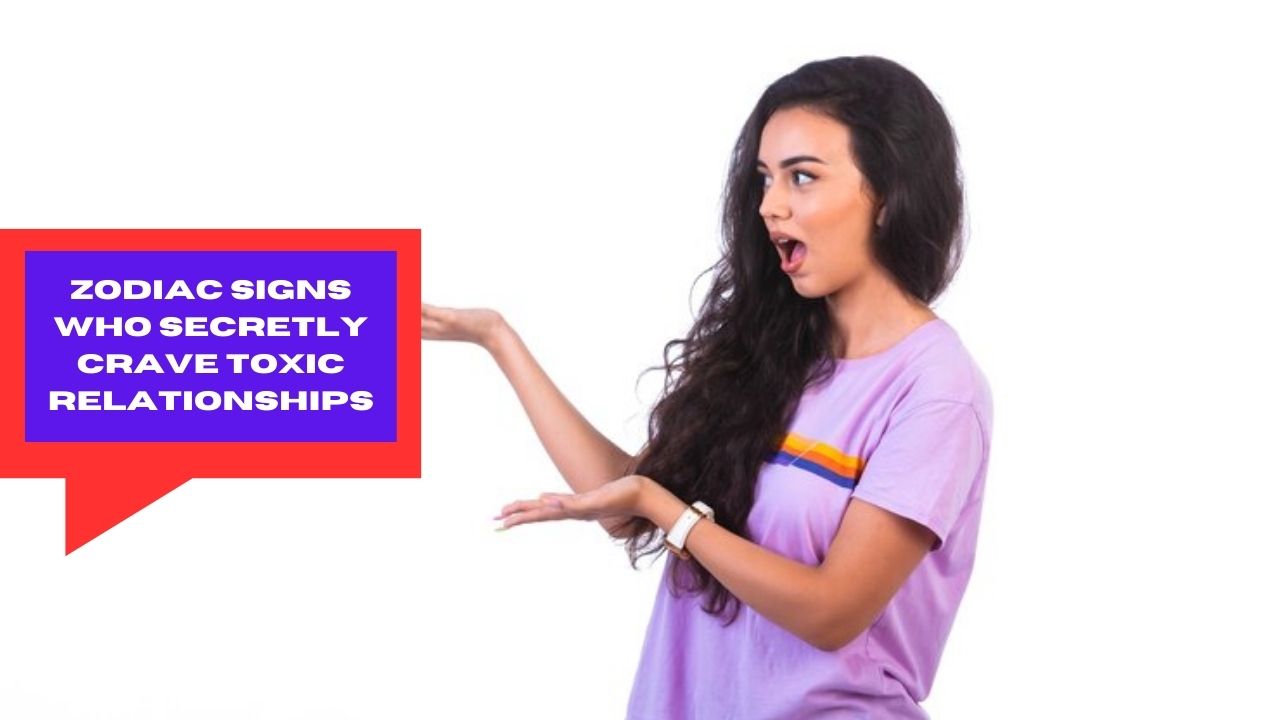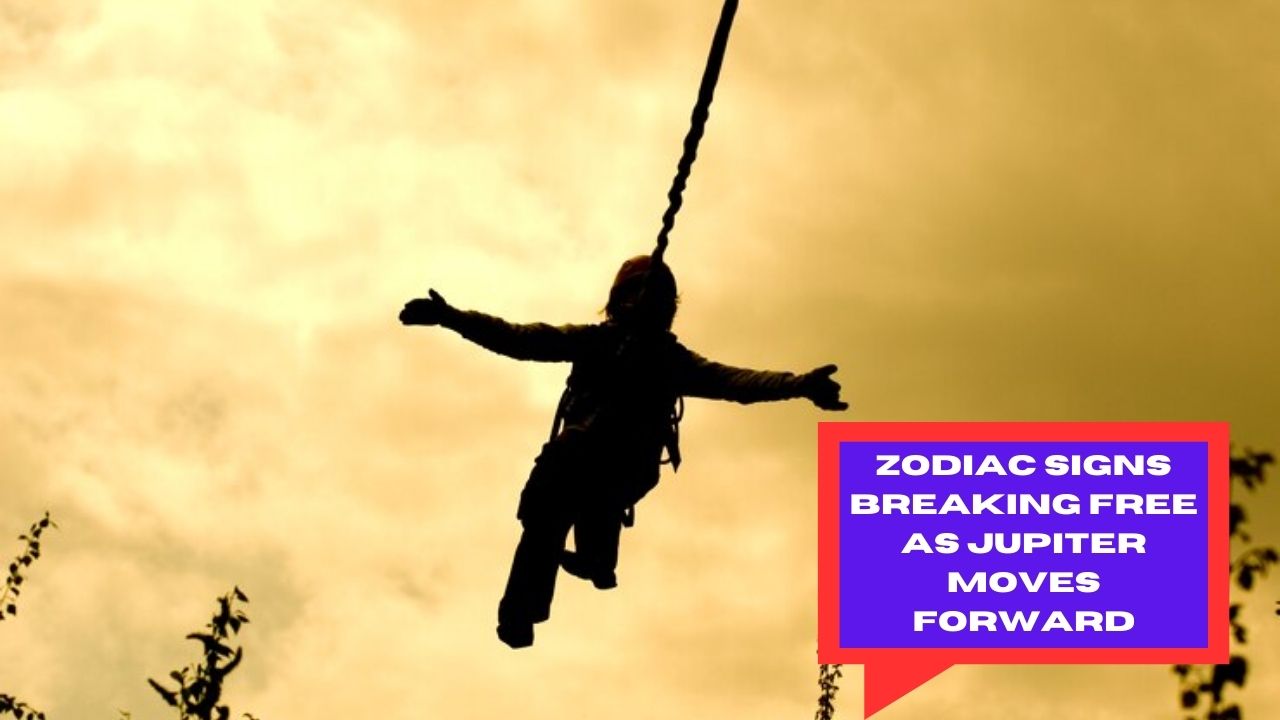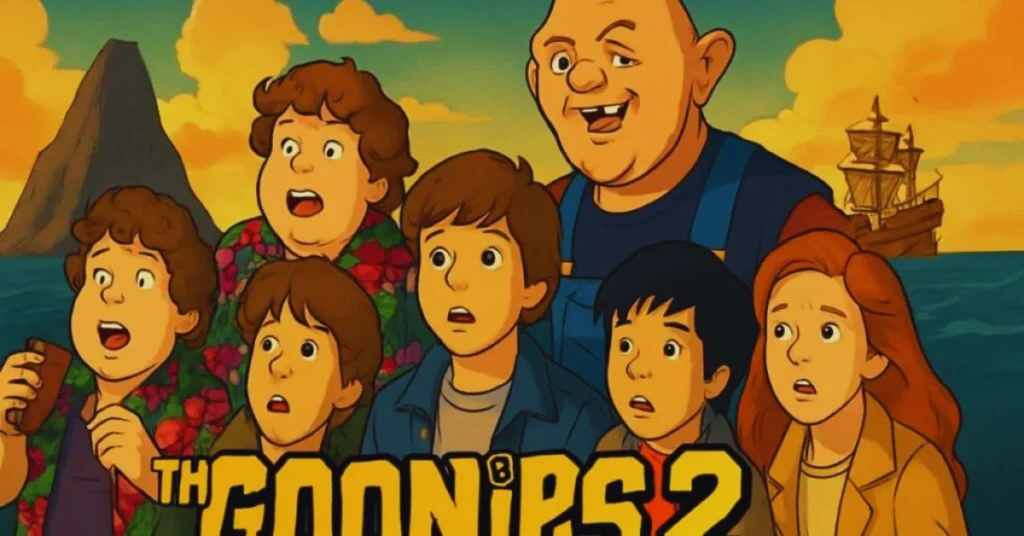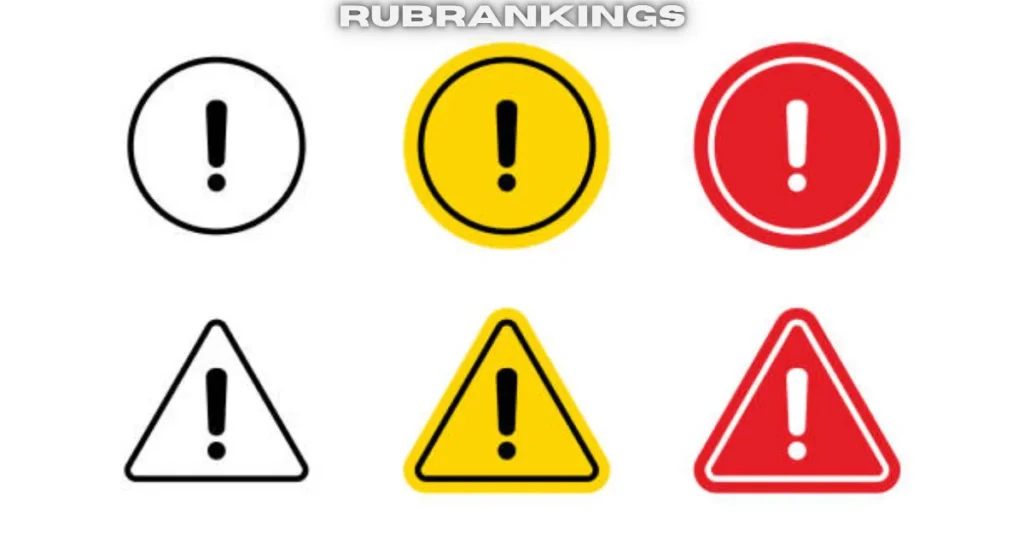If you’re deep into manga or curious about Japan’s wild world of fan-made comics, you’ve probably come across the word Doujindesu. It’s one of those words that means different things depending on who’s saying it—sometimes it’s all about self-published comics, sometimes it’s tied to niche online communities, and sometimes it just means “This is for the fans!”
What Does Doujindesu Really Mean?
At its core, Doujindesu mixes two ideas. Doujin means a self-published work—often comics, but sometimes music, art, or games. The desu part is just a polite Japanese ending meaning “is.” Put them together and it’s basically, “This is doujin!”
In the West, people often think doujindesu equals manga. That’s close, but not quite. In Japan, manga covers all comics. Doujinshi (which doujindesu plays on) are the indie, fan-made spin-offs—sometimes based on famous series, sometimes totally original.
Why Do People Love Doujindesu?
Ask anyone who’s ever collected or read doujinshi and you’ll hear the same thing: freedom. Big manga publishers stick to rules and deadlines. Doujinshi artists don’t. They draw what they want, how they want—edgy, sweet, serious, silly, all of it. A lot of famous manga artists even started by making doujinshi before landing big publishing deals.
A Community Vibe
Sites like Doujindesu.com (and the old-school forums that inspired it) became gathering spots for people who wanted more than what big companies were putting out. Instead of hunting down random scans on shady sites, fans swapped, translated, discussed, and built a tight community around it. Some stuck with spicy adult stories. Others dug into rare side stories or fan sequels of huge hits like Naruto or Attack on Titan.
Not Just Comics—Music Too
For some, doujindesu goes beyond comics. It’s also about doujin music—songs or albums made by indie musicians, often inspired by games like Touhou Project or anime soundtracks. Sites and netlabels popped up where fans could stream, download, and even tune in to 24/7 doujin radio.
Different Styles For Different Tastes
You’ll run into all kinds of art styles:
- Elegant: Classic, detailed linework and soft watercolor looks
- Kawaii: Bright, cutesy, simple designs
- Dark & Gothic: Edgy, heavy inks, sometimes horror or suspense
The beauty of doujinshi is there’s no “right” way—just what the creator wants to draw.
Why Doujindesu Matters Today
- It Keeps Fandoms Alive: Fans create new stories when official ones end.
- It Gives New Artists A Start: Many famous mangaka polished their skills in doujin circles.
- It Builds Community: Forums, chat rooms, and events bring fans together worldwide.
How To Get Into Doujindesu
Want to dip your toes in? Here’s how:
- Pick a series you already love. Look for doujin based on that—it’s easier to follow.
- Join trusted sites or communities. They scan, translate, and organize stuff so you don’t get spammed with viruses.
- Support artists when you can. If they sell printed copies or digital downloads, buying directly means they can keep making more.
- Remember: Some doujinshi can get spicy. Know what you’re clicking!
Beyond Reading—Make Your Own
Lots of people get hooked enough to make their own. You don’t need to be a pro. All you need is:
- Paper and a pen—or a drawing tablet
- An idea you can’t stop thinking about
- A fanbase ready to see something fresh
Upload it, sell it at events like Comiket in Japan, or share it free online.
Final Word
Doujindesu isn’t just about comics—it’s a sign of what fans can do when they’re inspired. It’s freedom, creativity, and community rolled into pages you can read anywhere. Next time you see the word pop up, you’ll know it’s more than just a niche term—it’s a whole world that’s been keeping fandom alive for decades.










Got a Questions?
Find us on Socials or Contact us and we’ll get back to you as soon as possible.